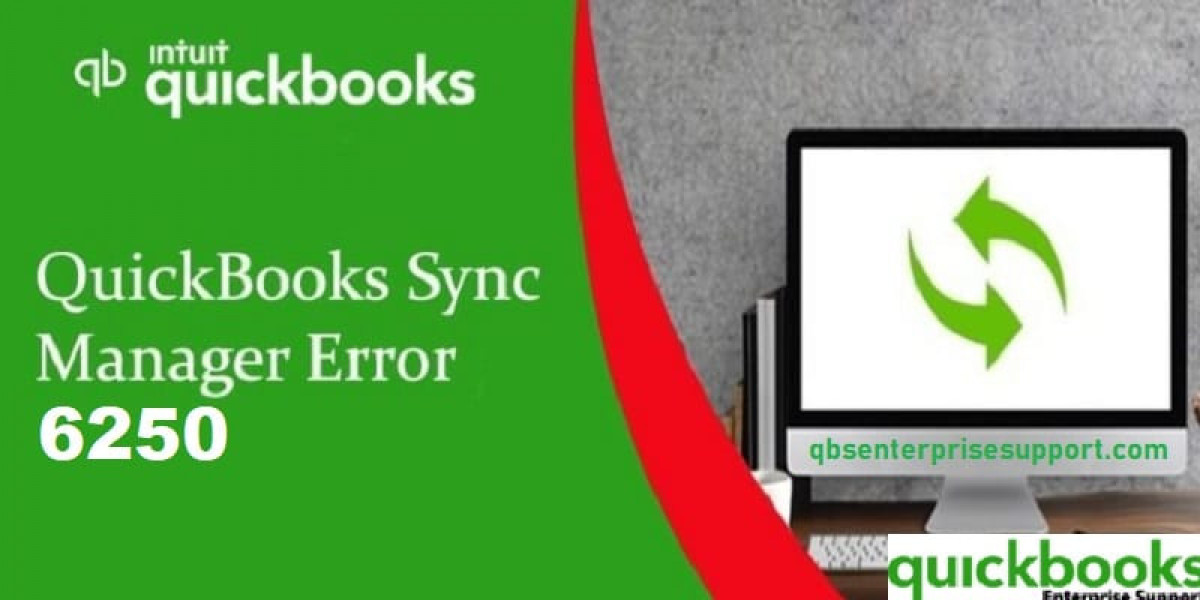Federal student loan debt can feel like carrying a backpack full of bricks. Every month, you send payments that barely seem to make a dent, and the interest keeps piling on. By 2025, millions of borrowers are still wrestling with these loans, trying to figure out how to regain control of their finances without sacrificing their lifestyle. The good news is that managing and reducing federal student loan debt is not only possible but also less intimidating when you understand your options and take a structured approach. In this article, we’ll walk through actionable strategies, tips, and insights to help you breathe a little easier, save money, and chip away at that debt more effectively.
Understanding Your Federal Student Loans
Before you can tackle your debt, it’s crucial to understand what you owe. Federal student loans are different from private loans. They come with protections and repayment options designed to ease your burden. For example, federal loans offer income-driven repayment plans, deferment, forbearance, and potential loan forgiveness. Knowing your loan type—whether it’s Direct Subsidized, Direct Unsubsidized, or PLUS loans—can help you choose the best repayment strategy. Many borrowers feel overwhelmed by the technical terms, but breaking your loans down into simple categories can make them manageable. Think of it like sorting your closet: once you know what’s where, you can decide what to keep, what to fold, and what to tackle first.
Creating a Realistic Budget
A budget is the foundation of effective debt management. Without it, your payments can feel like a guessing game. Start by tracking your income and all monthly expenses. Identify areas where you can cut back, even slightly, like subscriptions you rarely use or dining out less frequently. Then, allocate a portion of your budget specifically for student loan repayment. Remember, it’s not about extreme sacrifice; it’s about prioritizing your financial future. For many, the first month of strict budgeting feels restrictive, but soon it becomes empowering. You start seeing progress, even if small, and that feeling can drive consistent action. Here’s a simple breakdown of budgeting for student loans:
Income Source | Amount | Notes |
Salary | $3,500 | After taxes |
Freelance/Side Job | $500 | Optional, can boost payments |
Monthly Expenses | $2,500 | Rent, food, utilities |
Loan Repayment | $500 | Target extra if possible |
This kind of clear, visual layout can help you stick to your repayment plan without feeling like you’re living in a constant state of deprivation.
Choosing the Right Repayment Plan
Federal student loans offer a variety of repayment plans. Picking the right one can make a huge difference in your financial comfort. Standard repayment is straightforward: fixed monthly payments over 10 years. But if your income is limited or unpredictable, income-driven repayment plans like PAYE, REPAYE, or IBR may be better. These plans adjust your monthly payments based on your income and family size, reducing financial stress. Some borrowers worry that lower payments extend their debt term, but the trade-off is peace of mind and room in your budget for savings or emergencies. Think of it like choosing a hiking trail: some paths are steep but short, others longer but gentle. The key is selecting the one you can consistently follow without losing motivation.
Making Extra Payments Strategically
Even small extra payments can drastically reduce your loan balance over time. Rather than splurging unexpectedly, allocate any windfalls—bonuses, tax refunds, or freelance income—toward your highest-interest loans. Paying extra directly to the principal reduces the interest that accrues over the life of the loan. Some people hesitate because they fear prepayment penalties, but federal loans don’t have them, so every extra dollar helps. A smart strategy is to treat your debt like a growing garden: consistent attention, even in small amounts, nurtures progress and prevents weeds (interest) from taking over. Over time, those extra payments compound into significant savings.
Exploring Loan Forgiveness Programs
If you work in public service, education, or certain nonprofit sectors, you might qualify for loan forgiveness. Programs like Public Service Loan Forgiveness (PSLF) allow borrowers to have their remaining balance forgiven after 120 qualifying payments. It sounds too good to be true, but it works if you carefully follow the requirements, keep meticulous records, and stay consistent. Some borrowers have found that staying informed and patient pays off handsomely. It’s like planting a seed: the results aren’t immediate, but they can be life-changing in the long run. Don’t underestimate the value of professional guidance here—sometimes a quick consultation with a loan expert can save years of confusion and missed opportunities.
Consolidating Loans Wisely
Loan consolidation can simplify repayment but should be approached carefully. By consolidating multiple federal loans into one Direct Consolidation Loan, you streamline payments and potentially access new repayment plans. However, be aware that consolidation may reset forgiveness timelines and could affect certain borrower benefits. It’s essential to weigh the pros and cons. For borrowers juggling multiple loans, the peace of mind from a single monthly bill can outweigh the minor drawbacks. Imagine juggling five spinning plates versus one—consolidation doesn’t eliminate the work but reduces the risk of dropping a plate.
Managing Loan Stress and Mindset
Debt can feel emotionally heavy, so managing your mindset is just as important as managing your dollars. Regularly tracking progress, celebrating small wins, and visualizing a debt-free future can keep motivation high. Many borrowers experience shame or anxiety about their loans, which can delay action. Talking openly with friends, financial coaches, or support groups helps normalize the challenge and creates accountability. Remember, student debt is a shared struggle for millions, and acknowledging your progress—even incremental—is a powerful form of self-care.
Leveraging Refinancing Carefully
For some borrowers, refinancing federal loans through a private lender can lower interest rates and reduce monthly payments. But it comes with trade-offs: you lose federal protections like income-driven repayment and forgiveness programs. Refinancing is best for those with stable income, excellent credit, and a plan to pay off debt quickly. Approach it like fine-tuning an engine: the goal is efficiency without compromising essential safety features. Done wisely, refinancing can shave thousands of dollars off your total repayment, but it’s not a one-size-fits-all solution.
Using Technology to Stay on Track
In 2025, technology makes managing loans easier than ever. Apps and online portals can automate payments, send reminders, and track progress toward your payoff goals. Automating payments helps avoid late fees and ensures consistent contributions toward your principal. You can also use spreadsheets or budgeting tools to visualize your debt reduction journey. Technology acts like a personal assistant who never forgets a task and gently nudges you to stay disciplined. The key is not to rely solely on tech but to integrate it into a larger, proactive plan.
Creating a Long-Term Strategy
Reducing federal student loan debt isn’t just about short-term fixes; it’s about a sustainable strategy. Consider your career trajectory, potential salary growth, and life milestones when setting repayment goals. Regularly reassess your budget, repayment plan, and extra payment strategies to adapt to changing circumstances. Think of your repayment journey like a long-distance run, not a sprint. Patience, persistence, and flexibility are your best allies. By staying informed, proactive, and intentional, you not only manage your loans effectively but also build financial habits that will benefit you well beyond 2025.
Key Takeaways for 2025
Understand the type of federal student loans you have and the repayment options available.
Create a realistic budget and prioritize consistent payments.
Consider income-driven repayment plans if standard payments feel unmanageable.
Make strategic extra payments to reduce principal faster.
Explore forgiveness programs if you qualify.
Use consolidation wisely to simplify payments without losing benefits.
Manage your mindset and celebrate small victories.
Consider refinancing only if it aligns with your long-term strategy.
Leverage technology to automate and track your payments.
Reassess your strategy regularly to adapt to life changes and financial goals.
Federal student loan debt may feel like a heavy anchor, but with clarity, strategy, and persistence, you can lift it over time. 2025 is an opportunity to take control, reduce stress, and plan for a future where debt doesn’t dictate your choices. Every small, consistent action compounds into real progress. Remember, you’re not alone, and managing your loans effectively is a skill that will serve you for a lifetime.








